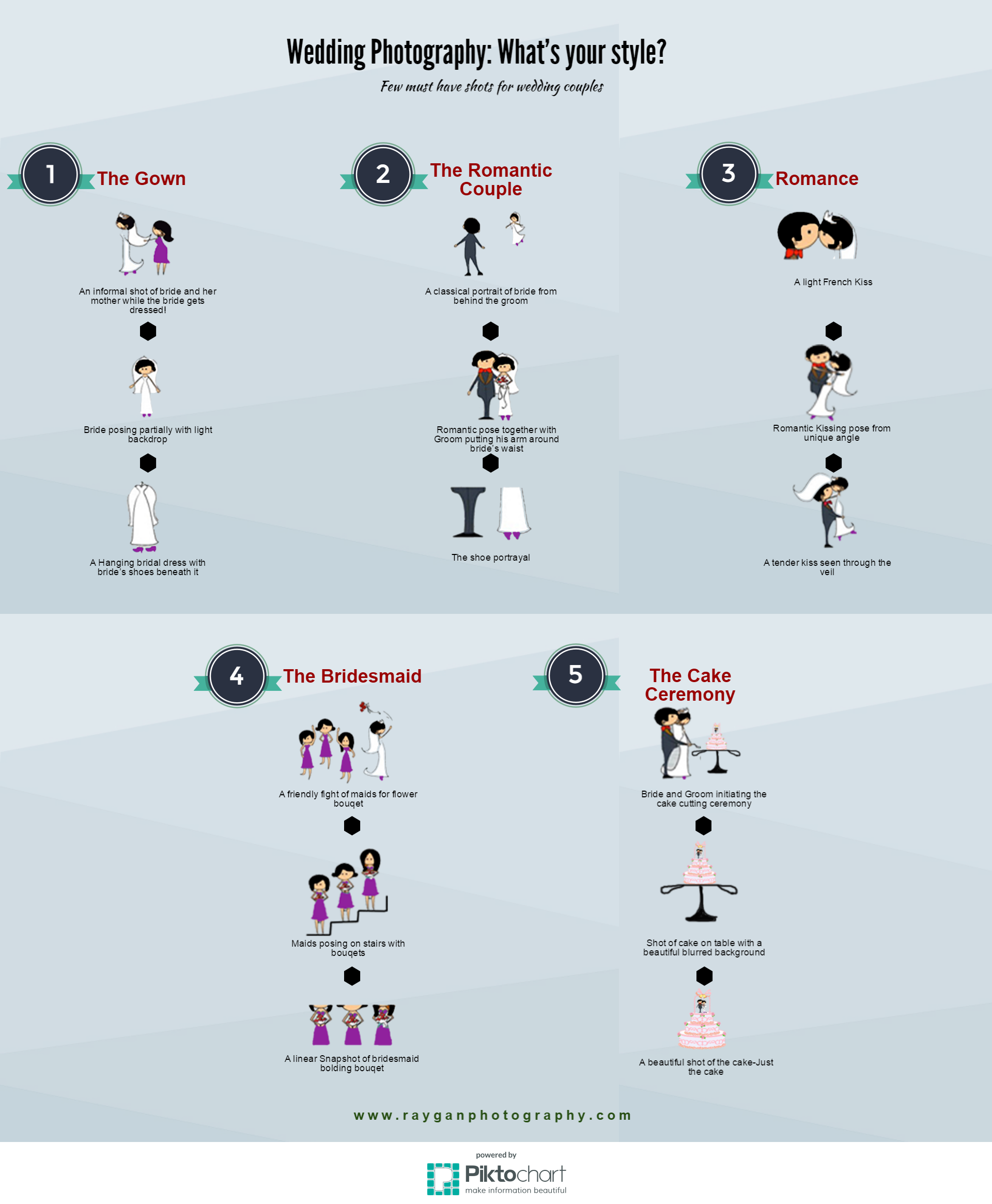Photography Tips For Beginners: Grasping Your Electronic Camera In No Time
Photography Tips For Beginners: Grasping Your Electronic Camera In No Time
Blog Article
Content Author-Barrett Dalton
When you first get your camera, it can feel frustrating with all the setups and choices offered. You might find yourself wondering just how to navigate aperture, shutter speed, and ISO properly. Understanding these principles is essential, but there's more to digital photography than just technical knowledge. Recognizing make-up strategies and lighting conditions can boost your photos drastically. So, suppose you could discover basic techniques to boost your abilities and start capturing impressive images earlier than you think? Let's explore just how to transform Executive portrait photographer .
Comprehending Camera Setups
Recognizing your electronic camera settings is essential for catching stunning pictures. When you get your camera, acquaint yourself with the three primary settings: aperture, shutter rate, and ISO. Each plays an essential function in how your photos turn out.
Beginning with aperture, which controls the quantity of light getting in the lens. A wider aperture (lower f-number) allows more light and creates a lovely history blur, ideal for portraits. Alternatively, a narrower aperture (greater f-number) maintains even more of the scene in emphasis, perfect for landscapes.
Next, focus on shutter rate. This setup establishes the length of time your video camera's sensing unit is subjected to light. A fast shutter speed ices up activity, which is great for action shots, while a slow-moving shutter rate can develop stunning effects like smooth water in landscapes.
Finally, change your ISO. This setting impacts your camera's sensitivity to light. A greater ISO is useful in low-light circumstances yet can present noise or grain. Aim for the lowest ISO feasible while still accomplishing correct direct exposure.
Composition Techniques
When you're out capturing, composition can make all the difference in how your photos reverberate with audiences. Start by utilizing the rule of thirds; picture your structure divided right into nine equivalent sections with two straight and two vertical lines. Placement key elements along these lines or at their junctions to produce balance and rate of interest.
Next off, consider leading lines. These all-natural lines in your scene, like roadways or rivers, attract the viewer's eye right into the photo, directing them through the story you're informing.
Do not forget about mounting; use components within your scene, like trees or home windows, to produce a structure around your topic, adding deepness and focus.
Also, keep an eye on your background. A chaotic background can sidetrack from your primary topic, while a straightforward one aids it stand out.
Lastly, explore balance and patterns; they can develop a striking picture that captures attention.
Mastering Illumination Issues
Mastering lighting conditions is crucial for catching sensational photos, as the ideal light can transform a normal scene into something amazing.
Start by observing all-natural light at various times of the day. Early mornings and late afternoons provide the most effective light, called the golden hour. The soft, cozy tones during these times can enhance your photos wonderfully.
Do not shy away from overcast days either; diffused light can decrease severe shadows and develop a pleasing impact, specifically for portraits.
Try out backlighting by positioning your topic versus the source of light. This strategy can produce a dreamy halo effect and include deepness to your pictures.
http://www.cbs19news.com/story/41943779/photographers-offer-porch-portraits-to-support-the-arts on your cam settings as well. Readjust the ISO, aperture, and shutter rate to fit the illumination problems. A higher ISO can assist in reduced light, however be cautious of grain.
Make use of a tripod in darker settings to stay clear of blur.
Lastly, do not neglect synthetic lighting. Flash and constant lights can be great devices for controlling light in difficult conditions.
Final thought
In conclusion, mastering your electronic camera doesn't have to be overwhelming. By understanding https://writeablog.net/kasey6omer/easy-ways-to-improve-your-picture-digital-photography , using composition methods, and using the power of all-natural light, you'll quickly elevate your photography skills. Bear in mind, exercise makes perfect, so venture out there and experiment with your newly found understanding. With time and commitment, you'll be recording magnificent photos that show your unique viewpoint. Take pleasure in the trip, and don't neglect to enjoy while you go to it!
